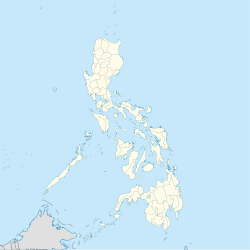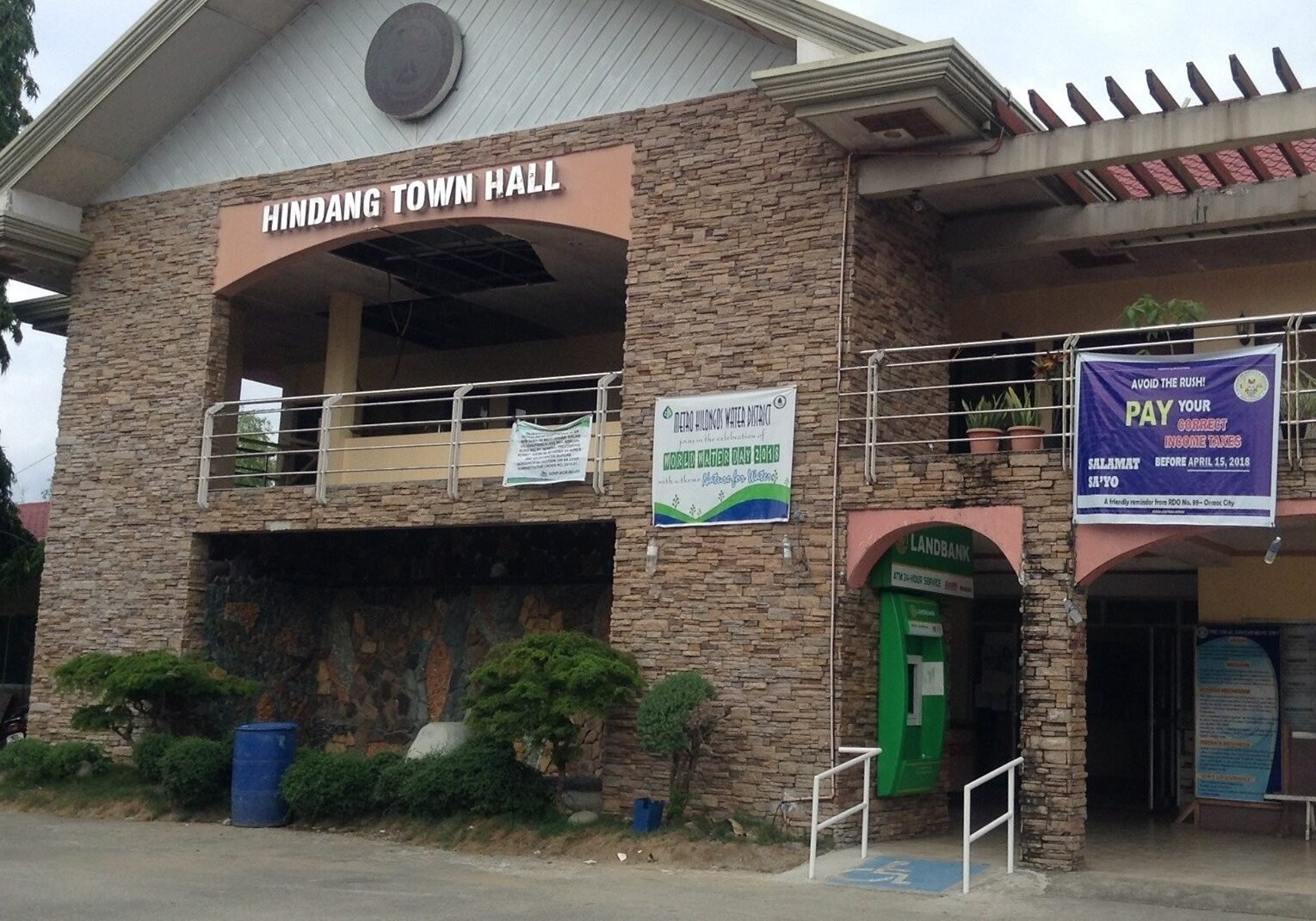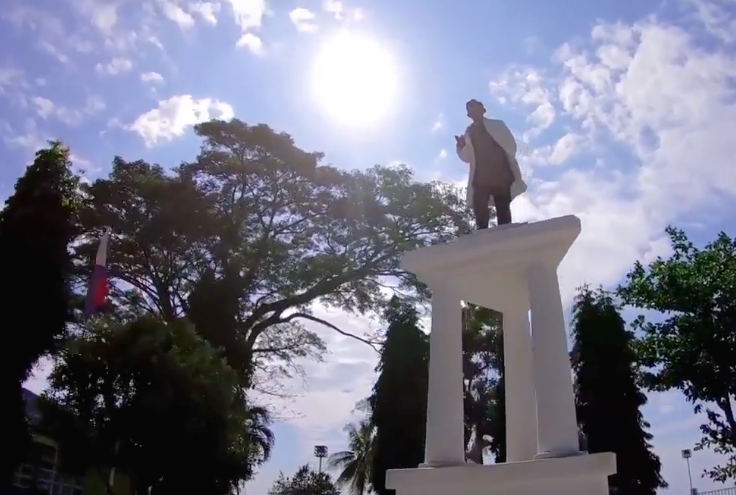
Location within the Philippines
Coordinates: 10°26′02″N 124°43′40″E

Map of Leyte with Hindang highlighted

Hindang
In the Philippines, the province of Leyte has the fifth-class municipality known as Hindang (IPA: [hɪn'daŋ]), formally known as the Municipality of Hindang (Cebuano: Lungsod sa Hindang; Waray: Bungto han Hindang; Tagalog: Bayan ng Hindang). There are 20,849 people living there, according to the 2020 census.
It shares borders with the towns of Hilongos in the south and Inopacan in the north. Himokilan is a part of Cuatro Islas, or The Four Islands; the municipality of Hindang is in charge of the three (3) other islands that make up the group.
Places to visit







HISTORY
Since 1860, when the town was established, Hindang has been the official name of the municipality. According to legend, the name "Indang" came from a very big tree that once stood in the town's northern section. The tree was said to be "enchanted" because lovely damsels with long flowing hair or fairies' stones could be seen bathing beneath it on moonlit nights. A ghost story of a guy who hung himself from one of its branches to end his life was also told. After his body was found, the area started to hear the sound of an agonized voice, followed by a long quiet, somber sobbing, and a regretful sigh.
The town's founders were Rev. Fr. Bales, the parish priest at that time, Mission Alejandro, a notable man, and the capitanes Damos Bañez, Irong Ballener, and Beo Abddies.
Similar to other coastal communities, Hindang was severely impacted by Moro extortion. The village was able to repair what the pirates had taken or destroyed, yet, each time it recovered despite the severe pillage.
The people of Hindang have always been primarily musically inclined, and they used to regularly have band performances even during the Spanish era. Dramas depicting the fight for dominance between the Moros and the Christians were common. Particularly during the Christmas season, "Pastores" and "Tombolas" were held. On Sundays, horse races took place, providing entertainment for the Spanish populace, who had little problem placing wagers on their favorites.
The American regime saw the establishment of more public schools. American-held government positions were gradually being opened to worthy Filipino candidates. Many citizens of Hindang enlisted for duty when the First World War broke out. Before being sent to the front lines, they were first sent to Manila for training.
The impoverished population of 1911 experienced near hunger due to a prolonged drought and one of the most damaging typhoons to ever hit the province. During this time, several leaders like Don Miguel Abamo, Don Leon Fernandez, Marciano Rodriguez, and Estanislao Picson contributed to putting Hindang back on the path to recovery. The final president during this time was Capitan Nemesio Delalamon.


During the Japanese occupation of Hindang from 1942 to 1944, many of the townspeople there were subjected to physical torture. A rival guerilla group was battling it out for supremacy. Colonel Kangleon's prompt intervention was the only thing keeping the rebel groups from annihilating one another. Lead by the Colonel, the team assisted in breaking the Japanese's grasp on the town. When the Americans arrived to free the nation in October 1944, the lengthy suffering caused by the Japanese occupation finally came to an end.
Following the Philippines' declaration of independence on July 4, 1946, the government began building public markets, school buildings, and irrigation systems.
Government

Betty A. Cabal
Mayor

Elpidio B. Cabal Jr.
Vice Mayor

Carl Nicolas C. Cari
Representative
Councilors

• Teodulo A. Clavejo

• Serafin A. Cavero

• Nestor J. Aboyme


• Benedicto L. Yanola


• Edna B. Mapalo


• Salvador E. Bañez
From: DILG Masterlist of Officials




